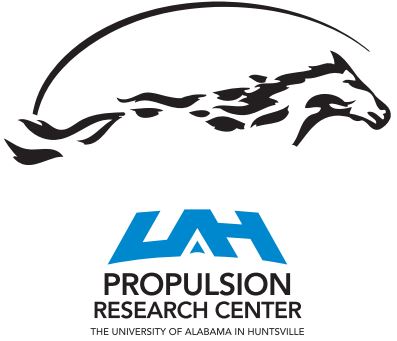Effects of different crash data variables on EMS response time for a rural county in alabama
Source
UAH PRC Research Database
Document Type
Article
Publication Title
Journal of Family Medicine and Primary Care
Abstract
Response time of Emergency Medical Services (EMS) is an important factor related to preventable deaths in road crash incidents. This study focuses on analyzing the effects of different independent variables on the EMS Response Time (ERT). Independent variables considered for this investigation are travel time, day of the week, crash severity, weather, time of the day, and lighting condition. Understanding outcomes resulting from variations of the considered parameters on ERT is crucial to minimize the possibility of adverse outcomes which are tied to different types of injuries, and vital to limit the prospect of fatalities. Crash data used for this study is from a rural county in Alabama where only one EMS control location is available. Results from the analysis indicate that ERT becomes larger as travel time increases. ERT is also larger on weekends than on weekdays. ERT is larger in the evening and night when compared with morning. When the weather is clear or cloudy, the ERT parameter is shorter. But when the weather is extreme, with mist, fog, or rain, the parameter is longer. When roads are dark, ERT is long. When daylight is present, the ERT is shorter. If the crash is fatal, the parameter is longer compared with situations when crash injuries are non-severe.
First Page
1462
Last Page
1467
DOI
https://:doi.org/10.4103/jfmpc.jfmpc_1592_21
Publication Date
4-18-2022
Recommended Citation
Vanga, Sneha R.; Ligrani, Phillip M.; Doustmohammadi, Mehrnaz; and Anderson, Michael, "Effects of different crash data variables on EMS response time for a rural county in alabama" (2022). PRC-Affiliated Research. 21.
https://louis.uah.edu/prc-research/21


